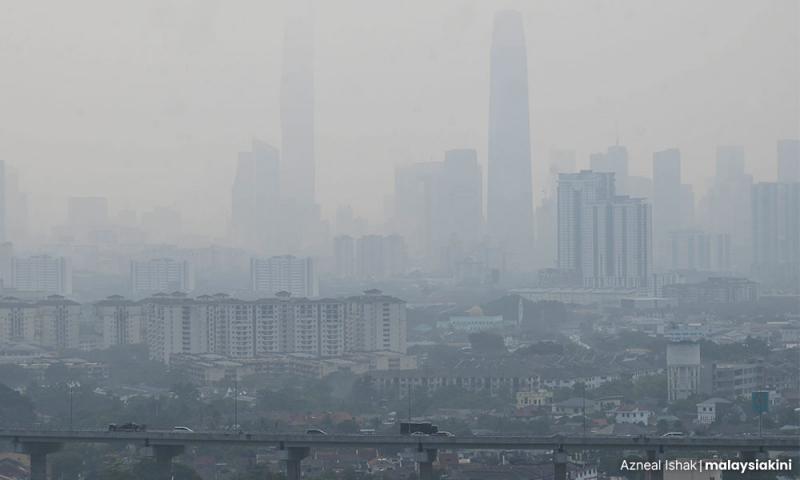However, Indonesia has contested ASMC’s claims, presenting its imagery from the Meteorology, Climatology and Geophysics Agency (BMKG) regarding hotspot activity.
This contentious issue has persisted for decades, particularly gaining prominence since Indonesia’s ratification of the Asean Agreement on Transboundary Haze Pollution (AATHP) in 2015.
Initially established in 2002, the AATHP was designed as a multilateral Asean platform to prevent and monitor transboundary haze pollution, mainly from land and forest fires within the region.
Sadly, despite its noble intentions, this agreement has failed to yield significant success in providing effective solutions for preventing haze in the Asean region.
Amid the...





